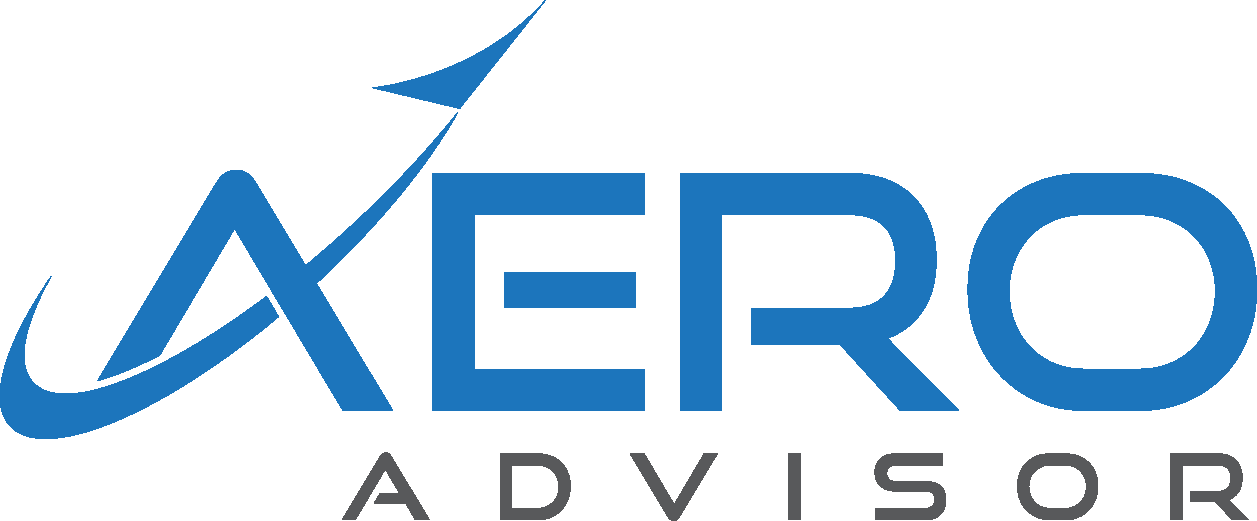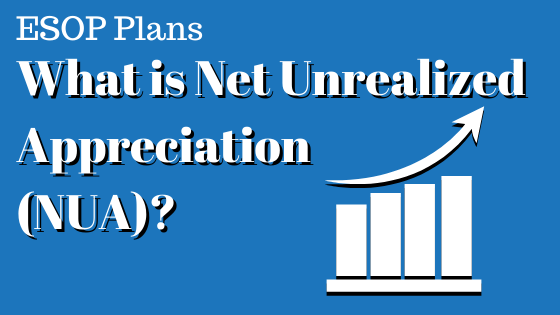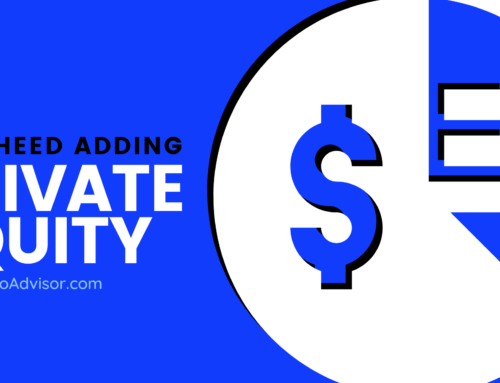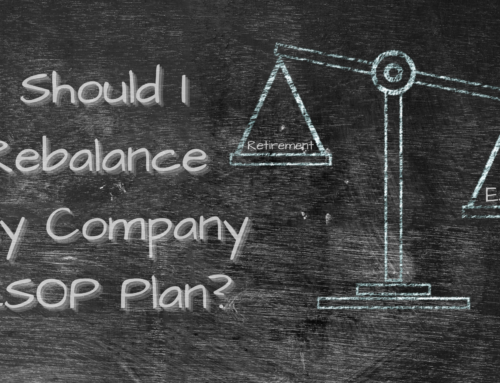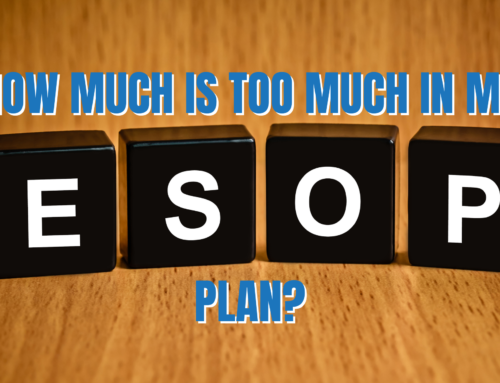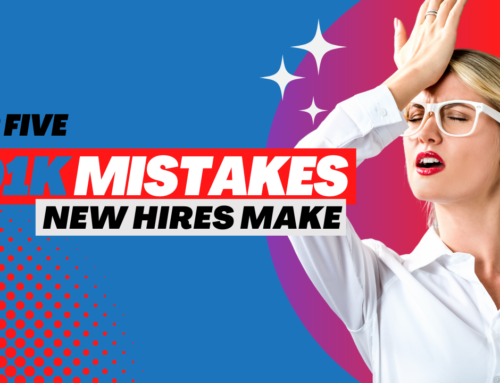Lockheed ESOP Plan: What is Net Unrealized Appreciation (NUA)?
(Note: See January 2020 update in italics below)
For many years, Lockheed Martin has rewarded its employees with LMT stock in the company ESOP plan. The longer those employees have worked for the company, the more they’ve seen that LMT stock increase in value. That increase comes at a price, as when you cash out your ESOP funds to live off in retirement, the entire amount of the withdrawal is taxed at your ordinary income tax rate, much like your paycheck is.
There is an alternative option out there, known as Net Unrealized Appreciation, or NUA. This allows you to rollover the funds in-kind to an outside traditional IRA. Withdrawals of the earnings on the account would then be taxed at the capital gains tax rate, which could be considerably lower than your ordinary income tax rate.
How do I know if I qualify?
To make sure you qualify for the special tax treatment, you have to hit three requirements.
You have to withdraw your entire 401k balance to get the NUA treatment for the ESOP funds. What you do with the other part of your 401k is up to you, but you have to exit the plan in the same year you apply for NUA treatment.
Withdrawals of company stock have to be done in-kind. That means you can’t cash out and repurchase the shares shortly after. Voya (or Empower starting in 2019) will convert your ESOP shares into LMT stock for this purpose. There also has to be a “triggering event.” Triggering events can be death, disability, separation from service (like retirement) or reaching age 59.5.
What’s the downside?
Sound like a pretty good option? Well, not for everyone.

Has your company stock price risen like a hot air balloon? It might be time to diversify. NUA could be an option to look at.
The biggest drawback to the NUA method is the immediate cost to you when you decide to initiate it. When you take out the shares in-kind, the cost-basis, or the price of the shares when they were put in your ESOP plan, is immediately added to your tax bill at ordinary income rates.
If you have a lot of shares, this could be a hefty tax burden. You can however, decide which shares you want to transfer in-kind and roll the rest over to an IRA. This would allow you to select the shares that have a lower cost-basis. It might take some research, but your time might be worth it.
January 2020 update: After the move to Empower, there is no longer the option to pick out which shares you want to transfer. You have to take the average cost of the shares. Because of this change, I highly recommend working with an advisor and/or tax professional to see which option might be best for you.
If you only had stock that had a higher cost basis, you’d really have to weigh the benefit and do a few calculations to see if it’s the right option for you. At some point, rolling the entire balance of your Lockheed ESOP might to an IRA might be the better option. You’d still get the tax deferral in the IRA and can choose how/when to pull funds out of the IRA.
How do you know if the NUA option is right for you? It’s a good idea to work with a financial planner and tax professional to help you with the calculations. Need an extra pair of eyes on your calculations? Fill out the quick and easy form below and I’d be glad to help.
Want to read even more on NUA? Check out Michael Kitces and his mega post. He’s a great resource for advisors and clients.
The opinions voiced in this material are for general information only. They are not intended to provide specific advice or recommendations for any individual, nor intended as tax advice. We suggest that you discuss your specific situation with a qualified tax or legal advisor.
